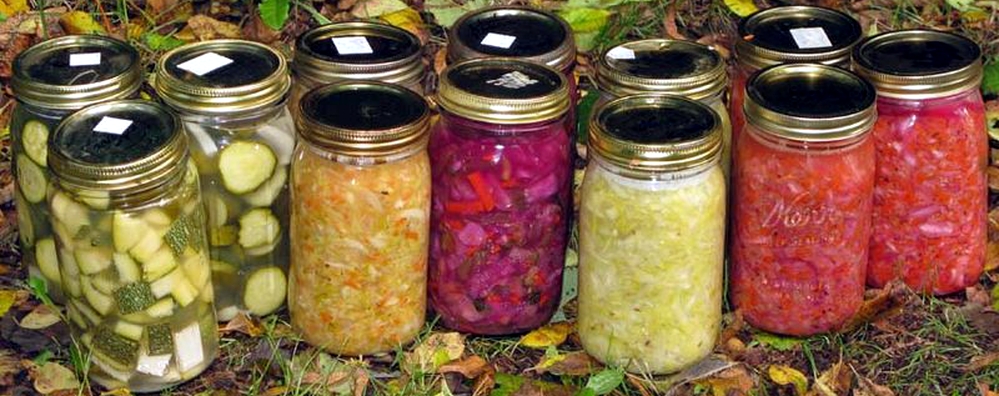 Storing season foods and making them into something completely different, nutritious, and shelf-stable is what we love about the process of fermentation. With only a couple of easy tips, you can also create your own healthy, gut-healing foods to enjoy.
Storing season foods and making them into something completely different, nutritious, and shelf-stable is what we love about the process of fermentation. With only a couple of easy tips, you can also create your own healthy, gut-healing foods to enjoy.
- Anaerobic Fermentation
This is the main thing that is related to fermenting foods. An oxygen-free setting is important for a healthy ferment. Anaerobic fermentation takes place in the absence of oxygen and in the presence of lactic acid bacteria. Low or no oxygen condition is necessary for a healthy stable fermented food to thrive.
Revealing your food to oxygen spoils the fermentation process and restrains the development of good microbes and gives mold & yeast a chance to thrive on oxygen. In order to achieve anaerobic fermentation, your jar must be completely airtight fitted with an airlock. The airlock will first give a way to atmospheric oxygen to escape the container. It additionally allows the glut of CO2 formed by the fermentation to be discharged.
- Use Only High Quality, Unrefined Sea Salt
Fermentation requires high quality, high-mineral sea salt. It adds flavor, represses mold, and gives vital minerals to lactic acid bacteria.
In addition to quality, the right amount of salt is equally important for fermentation. Using too little of salt may leave your food vulnerable to molds and bacteria. And using too much of salt can obstruct the growth of the healthy microorganisms and alters the chemistry to salt-cured rather than fermented.
A lot of vegetables such as broccoli, garlic, ginger, cauliflower, and green beans, require only 2% salt brine. This can be fulfilled by blending 19 grams of a fine quality unrefined salt with 1 quart of water. On the other hand, some vegetables form their own particular salt solution as the salt extracts the vegetables’ liquid. The criterion for beets, daikon, cabbage, and radishes is 19 grams of unrefined salt per 3 pounds of vegetables.
- Temperature Matters
The perfect temperature for vegetable fermentation is between 68′ – 72′ F. Fermentation for milk can endure higher temperatures – up to 90’F.
- Cover Your Ferments
The vessels being used for fermentation should be completely covered to shut out UV light since light spoils the lactic acid bacteria. You can simply cover a flour sack tea towel around the vessel, letting the airlock uncovered. But that’s not the only use of a flour sack tea towel. This kitchen staple is useful in 50 unique ways.
- Use Clean Water
Use sifted water without chlorine or fluoride because their presence kills lactic acid bacteria.
- Use Only Whole Spices and Herbs
Fermentation should be done out of whole spices and herbs because dry and ground spices & herb can curdle, resulting in a funky ferment.
- Watch Your Airlocks
Make sure that the water does not dissipate out of your airlock, enabling oxygen to allow in your fermentation pot. To keep this from happening, you can fill your airtight container with half water and half vegetable glycerin.
- Use Quality Ingredients
Use top notch and natural ingredients to get the best fermentation results. Pesticides and herbicides will hinder the development of good microbes and are outright bad for our health.
